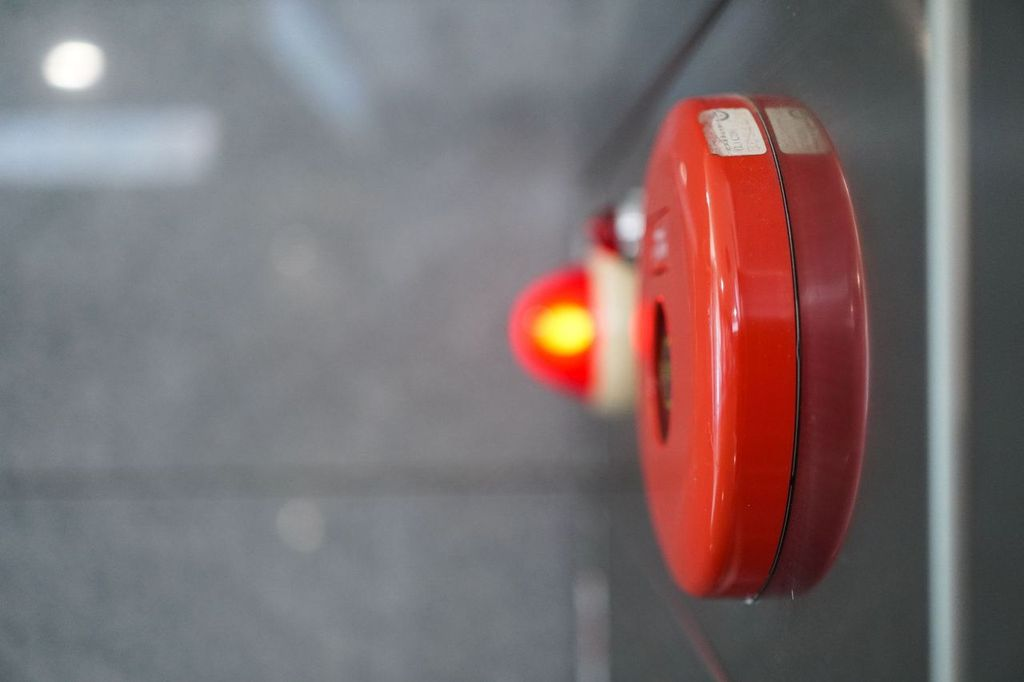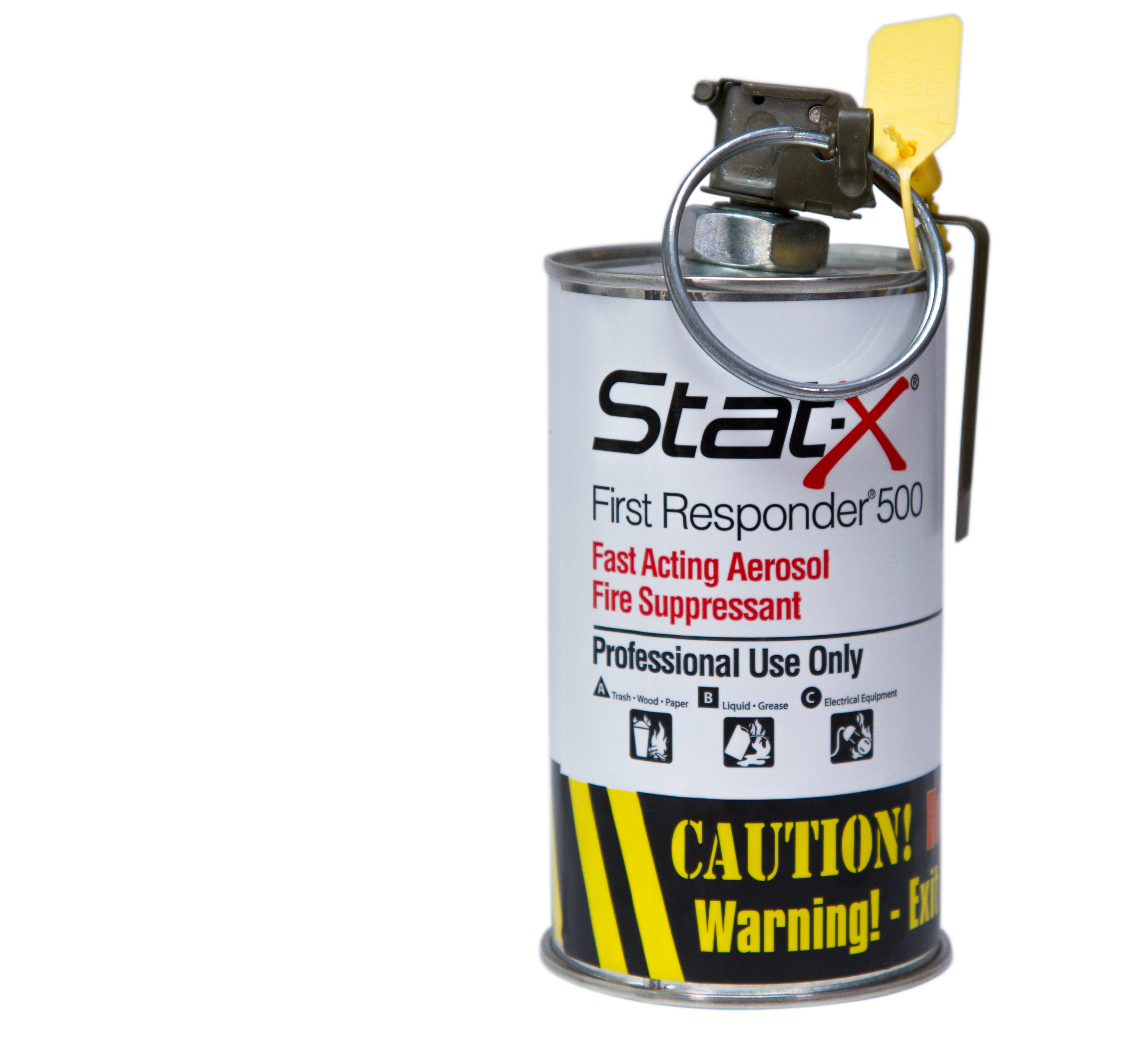Lower False Alarm Rates and Increase Efficiency

As important as fire alarm and monitoring systems are in today's facility management landscape, these systems still can have a negative impact on your business operation. False alarms with any automated system are an expected result. However, when through faulty system design, vandalism, or improper procedure, false alarms become a hinderance to your effective and efficient business operation, your alarm system may become an economic problem.
Understanding the Impact of False Alarms
Several costs to your business can be identified and attributable to false alarms. Financial costs are often the most thought of but damage in non-financial ways can significantly affect your business.
Explore further
Financial Costs
False alarms have a measurable and quantifiable cost to your business. Anytime your business operations are interrupted by a false alarm a loss of productivity occurs. This can be lost manufacturing time, or a loss of employee return due to being interrupted and kept from necessary resources such as computer systems, telephones and vital records.
In some jurisdictions, repeated false alarms may be followed by citations and fines from the local enforcement agencies including the fire Marshall or codes enforcement officials. These all pose unneeded costs that can affect the bottom line of your business negatively.
Reputation and Safety Concerns
Non-financial costs are also a consideration. Repeated false alarms erode the effectiveness of the entire system. Over time, employees and occupants begin to regard the alarms as a nuisance rather than as a life safety call. This can produce slow responses which can put occupants in more danger than necessary.
Responding emergency agencies may fall into the same situation. Multiple false alarms can breed an atmosphere that regards your alarm as just another interruption in an otherwise busy schedule. Furthermore, a reputation for repeated false alarms can foster a negative reputation for your business that can affect your operation and your returns.
Identifying the Root Causes of Alarms
Before solutions are found to control and mitigate false alarms, the causes of false alarms must be understood and addressed. Only when you understand the root causes of your false alarms can you efficiently address the problem.
Common Culprits
Sometimes the most common culprits of false alarm a not pranksters or vandals. Lack of maintenance, poor inspection and testing routines, and environmental problems often lead to repeated false alarms. Smoke, whether it be from cooking or from industrial processes, can often trigger false alarms. High dust environment should often be suspect. If your system is not regularly inspected, tested and maintained, a higher rate of false alarms may be a result. Older systems may also be prone to repeated false alarms as equipment, sensors, and parts age.
System Design and Installation Issues
Improperly designed and installed fire alarms systems may result in repeated false alarms. System design can include failure to place the proper sensors in a given environment, poor placement of alarm stations, or improperly calibrated sensing equipment. Failure to follow a recommended and properly designed inspection and maintenance program can eventually lead to false alarms. Following the manufacturer's recommendations for the inspection, maintenance, and testing of your system is the best option.
People also search
Strategies for Reducing False Alarms and Improving Efficiency
There are several strategies to employ to ensure that false alarms withing your system are minimized. Any facility that has an installed fire alarm and monitoring system should employ at least some of these strategies for their system. While such strategies may, at first seem expensive, in the long run, addressing these problems will be financially beneficial to your operation.
Preventive Maintenance and Inspection
An argument an be made that a regular and documented regimen of fire alarm system inspections, maintenance, and testing can be the best method available for reducing the number of false alarms. Regular inspection can help reduce the number of false alarms attributable to part failure. Regular cleaning of sensors and parts can reduce false alarms due to part failure. Effective maintenance routines keep your system operating at peak efficiency.
Advanced Technologies
All system age. Advances in technology often make repairing or retrofitting legacy systems ineffective or financially untenable. Updating systems to the latest technology can help reduce false alarms and provide better protection to your valuable assets and your employees. Under some circumstances, a new system should replace existing legacy systems rather than try to update and patch work an existing system.
If your system is experiencing an inordinate number of false alarms, you cannot afford to ignore the issue. As false alarms increase, the effect on your business financially and publicly will eventually start to accrue. Give Control Fire Systems a call today and learn more about how Control Fire Systems can help you find and correct the problems with your fire alarm system in the most effective and efficient manner.














